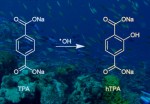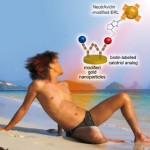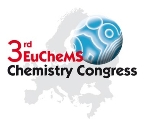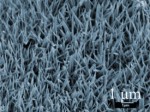Last week I attended a US-China Workshop at Purdue University, US, which brought together some of the brightest minds in analytical science from these two countries, to exchange ideas and provide suggestions for the development of the subject.
Topics for discussion included how the community can help to raise the profile of publications in analytical science, research trends, infrastructure and instrumentation and the status of analytical post-graduate education.
A major theme was collaboration, and it was recognised that enabling US scientisits to visit and work in China, and vice versa, is incredibly important. There are a huge number of Chinese students looking to carry out post-graduate study in the US and Europe, however this is currently a one-way street.
To support closer ties, it was also recognised that not all the high profile journals have Chinese representation on their Editorial and Advisory Boards. Whilst this an area where the RSC is very proactive (and will aim to continue strengthening our links), it is hoped that other publishers will also follow suit. This year, Analyst has seen significant growth in the number of papers coming from China. As well as the growth in the subject, is also partly due to the appointment of Professor Xinrong Zhang at Tsinghua University, Beijing as Associate Editor for Asia.
One thing is clear, whilst there is concern that analytical chemistry doesn’t always get the billing it deserves in the US, this is certainly not the case in China. The growth in investment in analytical departments in China has been exponential over the past few years, and this is something that we are certainly beginning to see reflected in the quantity, and quality, of the research being done.
With open and informative workshops such as these, it will be fascinating to follow the outcomes and developments of this collaboration. However a big first step has been taken, recognising that by working together, the worlds two superpowers of analytical science can really ensure the future of the subject continues to be exciting.
Read the Analyst themed issue on ‘Highlighting analytical science in China’.

















